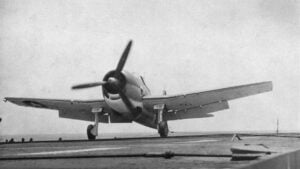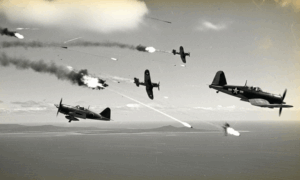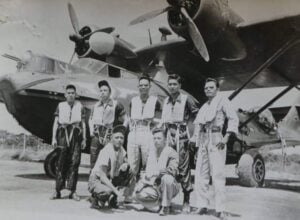Are Cannons Better Than .50 cal?

YouTube / Military Aviation History
The United States entered World War II with firm confidence in the .50 caliber M2 Browning. American fighters such as the P-51 Mustang relied on it for offensive work, and bombers like the B-17 used it for defense. The weapon delivered consistent reliability, long reach, and straightforward logistics. Nearly every American combat aircraft used the same ammunition, which simplified production.
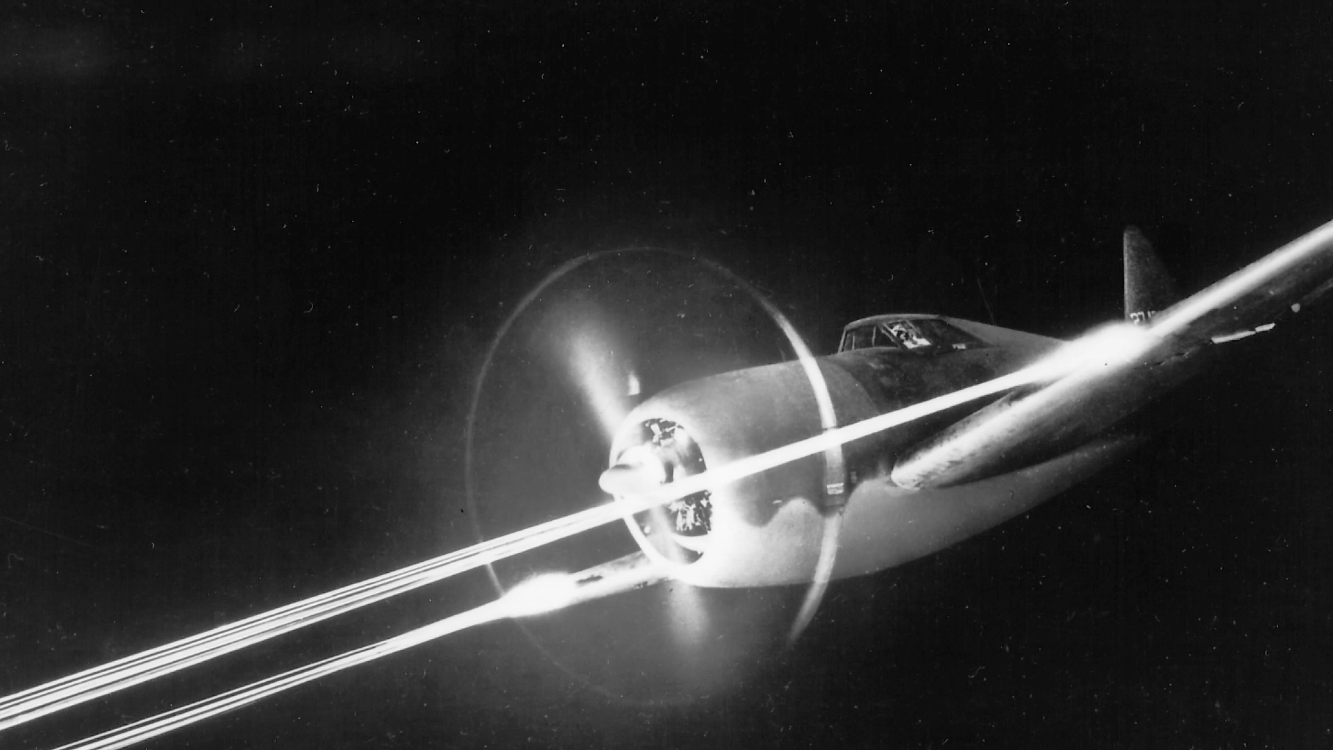
Why Britain Shifted to Cannons
Before and during the Battle of Britain, RAF leadership evaluated the growing armor protection on German fighters and bombers. Tests showed that eight rifle-caliber machine guns were no longer delivering enough destructive power. British designers introduced the 20 mm Hispano cannon to solve this problem. The larger shell produced significant structural damage, carried explosive filler, and performed well against armored airframes. As German protection improved, the cannon offered a practical way to ensure destructive results with fewer hits.
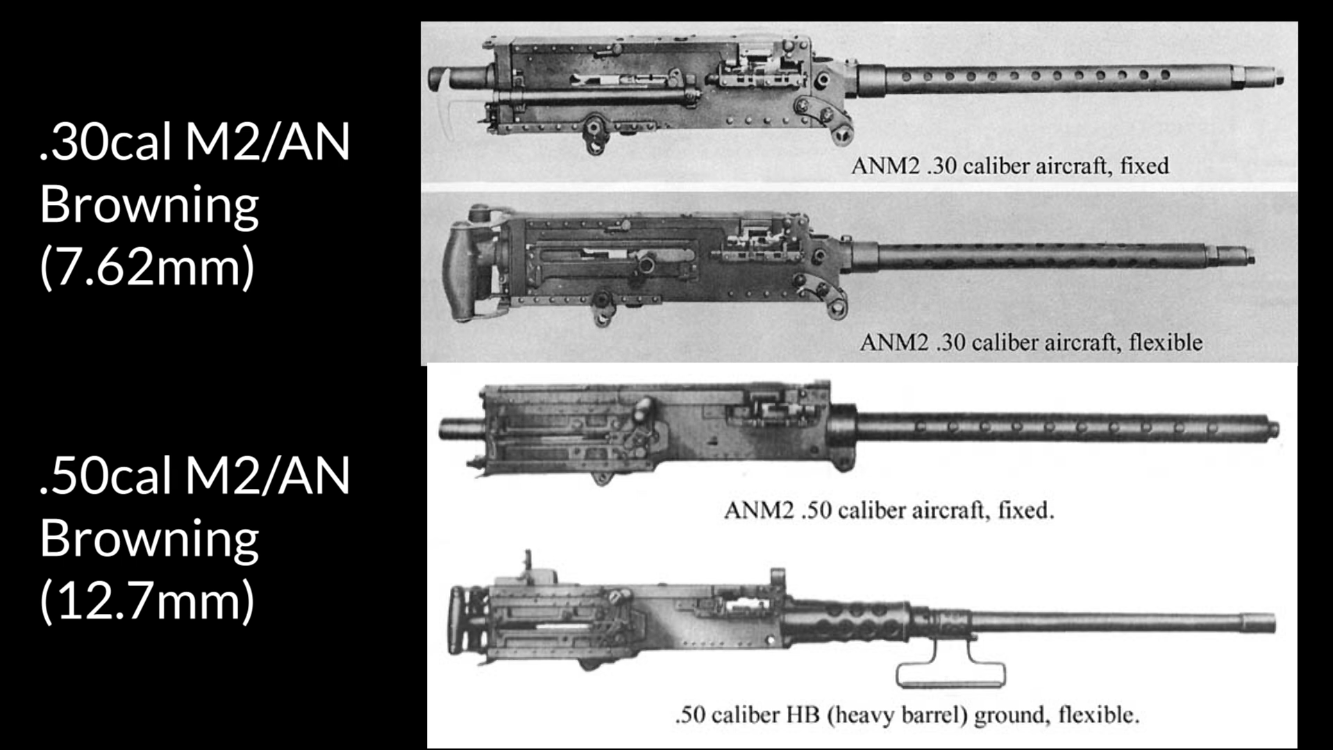
German Priorities and the Push for Heavier Weapons
German engineers faced a separate challenge. Weight limits on their fighters encouraged designs with fewer guns, which meant each gun needed to deliver strong impact potential. This led to weapons such as the MG FF, MG 151-20, and eventually the MK 108. A short burst from these cannons could break apart fighters or cause critical damage to heavy bombers. The concept emphasized fast results with limited ammunition expenditure.

Strengths of the .50 Caliber
The .50 cal lacked the explosive punch of a 20 mm shell, yet it offered important advantages. Its accuracy and ballistic performance supported long-distance firing, and it remained dependable in harsh operating conditions. It also delivered adequate penetration against many targets, although German armor gradually reduced its effectiveness. The United States compensated for this limitation by installing multiple .50 cal guns, which created dense and sustained fire. This approach suited American production capacity and tactical doctrine.
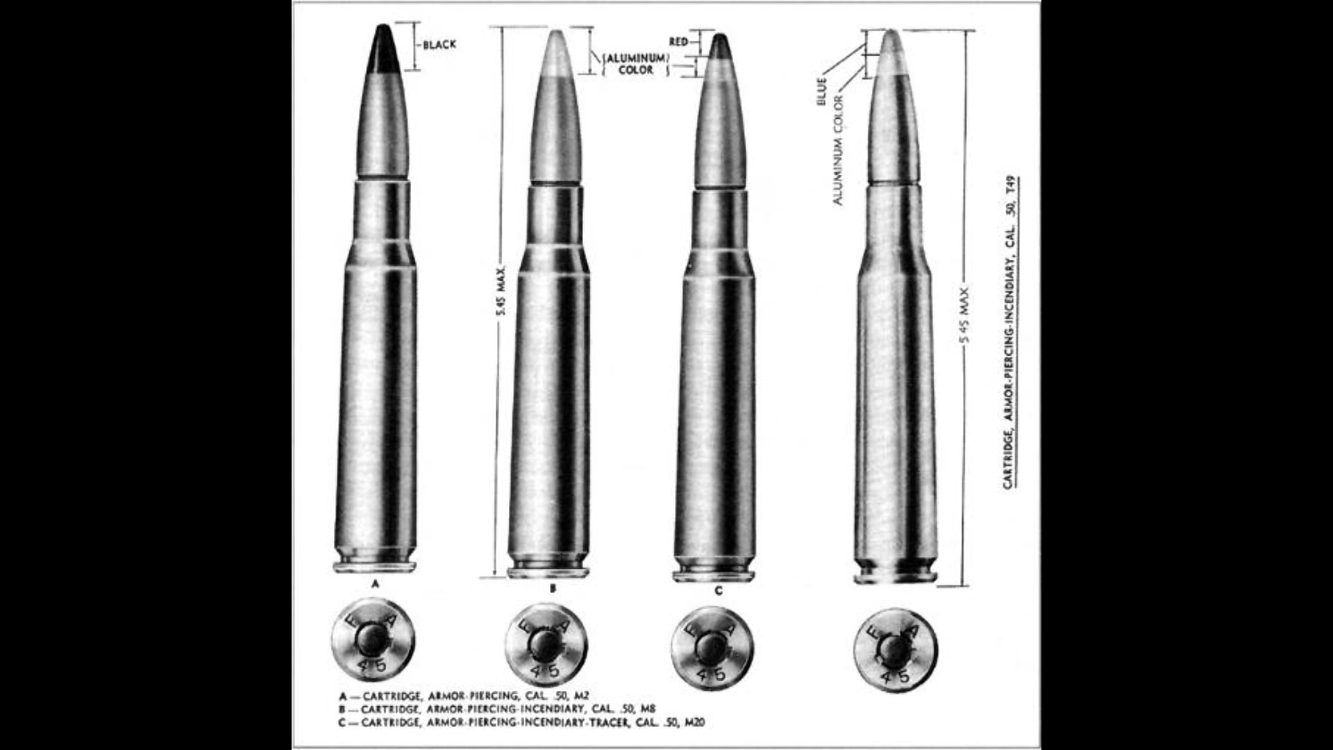
Comparing Approaches
The Hispano and the German MG 151-20 used different ammunition types and met different design goals, yet both delivered fast-destructive effects that aligned with British and German combat needs. American planners focused on volume of fire, while Germany and Britain centered their strategies on high-damage hits. Both paths produced practical results.
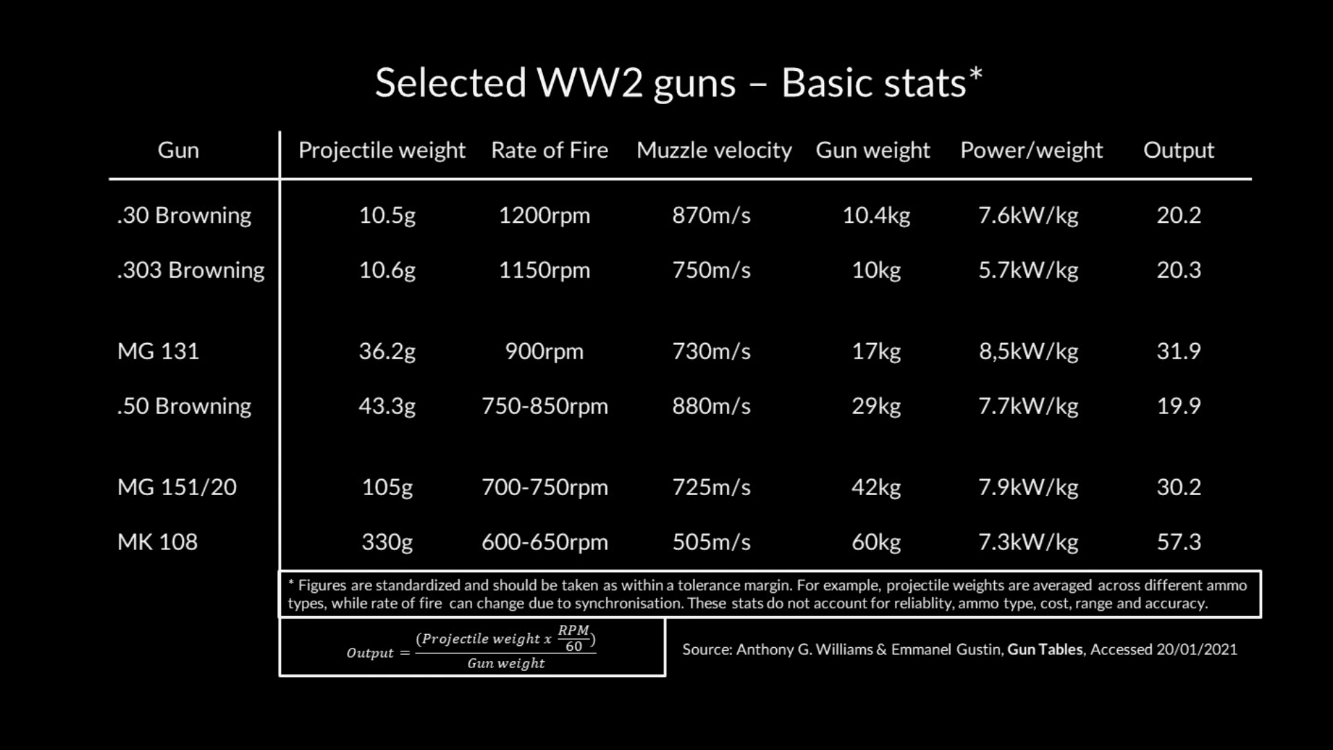
Final Assessment
Cannons carried an immediate destructive advantage, especially against armored or heavy aircraft. The .50 cal provided reliability, range, and logistical efficiency that matched American tactics and manufacturing capability. Each nation selected its weapons based on doctrine, industry, and battlefield requirements. In practice, cannons produced greater per-shot impact, and the .50 cal delivered consistent results through quantity, accuracy, and ease of use.

















